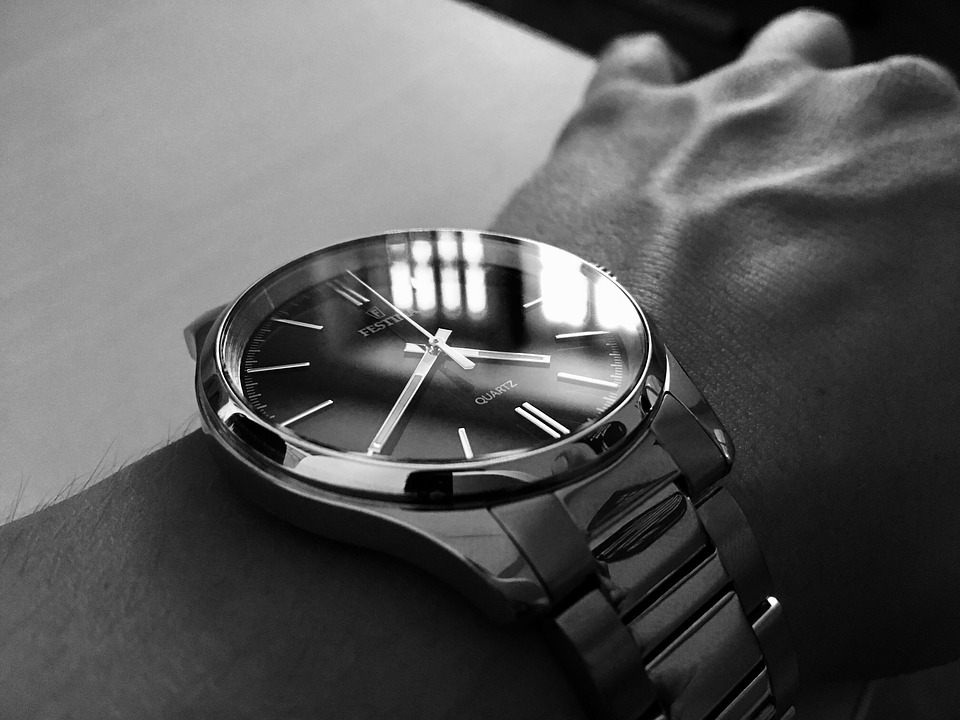By Joe Galvin
Four factors are shaping dramatic shift in buyer behaviour. What the C-suite needs to do in response
We are at the dawn of a new reality driven by personal and professional change. The pandemic has overhauled nearly every aspect of life, from how people make payments to how doctor’s visits are conducted, where people choose to live, and how workplaces operate. It’s not a new normal, it’s an entirely new reality in a new world.
Dramatic shifts in buyer behaviour
Rapid change is not limited to organizations–it’s equally impacting the way customers buy. The modern buyer is autonomous, independent, and digitally driven. Our research at Vistage shows 78 percent of CEOs report dramatic shifts in buyer behaviour as the result of Covid, led by four main factors:
- Shift to digital buying: Buyers are taking their shopping online and conducting far more research on their own, prior to purchase.
- Virtual selling replacing in-person: Virtual selling is increasingly replacing traditional face-to-face interactions; customers may be more interested in setting up a video than meeting in-person.
- Slower sales cycle: After initial periods of panic-buying subsided, customers are more cautious and measured, and less likely to take risks, creating a slower sales cycle.
- Covid market dynamics: Everything from a lack of trade shows to supply chain issues and inflation have greatly impacted the buying experience.
Supply chain issues and inflation may cycle with time, but how buyers acquire, source, and utilize information to make purchases has changed forever. CEOs must be willing to meet customers where they are, or risk falling behind.
Re-imagine marketing and sales strategies
Every step of the customer journey should be smooth and consistent, no matter the digital platform or human interactions.
- Virtual – Buyers first became unable to meet with salespeople in-person during the pandemic and now have grown accustomed to purchasing virtually. While some degree of face-to-face selling will re-emerge eventually, it will never return to pre-pandemic levels. Digital is here to stay, and subsequently, the significance of the digital buying experience has increased tenfold.
- Website is king – Today’s buyer has unlimited research available at their fingertips. They are more informed, more empowered to shop around, and more comfortable acting without the help of a salesperson. The digital customer experience can no longer be a simple shopping cart; it must cultivate and maintain a robust relationship with customers, at scale. Business leaders should focus on providing an engaging virtual experience. The company website is a company’s digital storefront, engaging potential buyers at all phases and helping satisfy their search for information, from capabilities to price. The website must be the CEO’s primary focus area when it comes to customer engagement.
- Customer touch points – Social media should be the second most highly regarded area of digital investment for CEOs. It helps create and grow the customer relationship, beyond sales, and has the power to drive links to purchase. It’s critical that social media echoes the same messaging provided on other platforms, from online search to advertising campaigns and virtual help desks.
- Customer service – When customers finally find themselves requiring human assistance, it’s increasingly imperative that sales and marketing act in alignment. Customer service should serve as product experts and brand ambassadors–they must be able to provide more information than a Google search would yield. Customers spend less time interacting with sales, and meet them later in the journey, so the touch points must be focused and value-driven.
Takeaways
A cross-industry shift to digital was already in progress, but the pandemic greatly accelerated our progression toward a digital future. Business leaders who are able to quickly embrace and adapt to change will have a significant competitive advantage over those who try to return to their previous models.
CEOs must make a mindset shift to digital, from rethinking marketing strategy, to re-inventing customers’ digital experience, and realigning sales and marketing teams to create a world in which digital buyers can thrive. The buyer has spoken: Modern customers want to be empowered to self-inform, self-educate, and self-purchase. CEOs who successfully pivot to address customers’ changing desires and reinvest their sales and marketing strategies accordingly will be primed for success in the years to come.
Feature Image Credit: Getty Images







